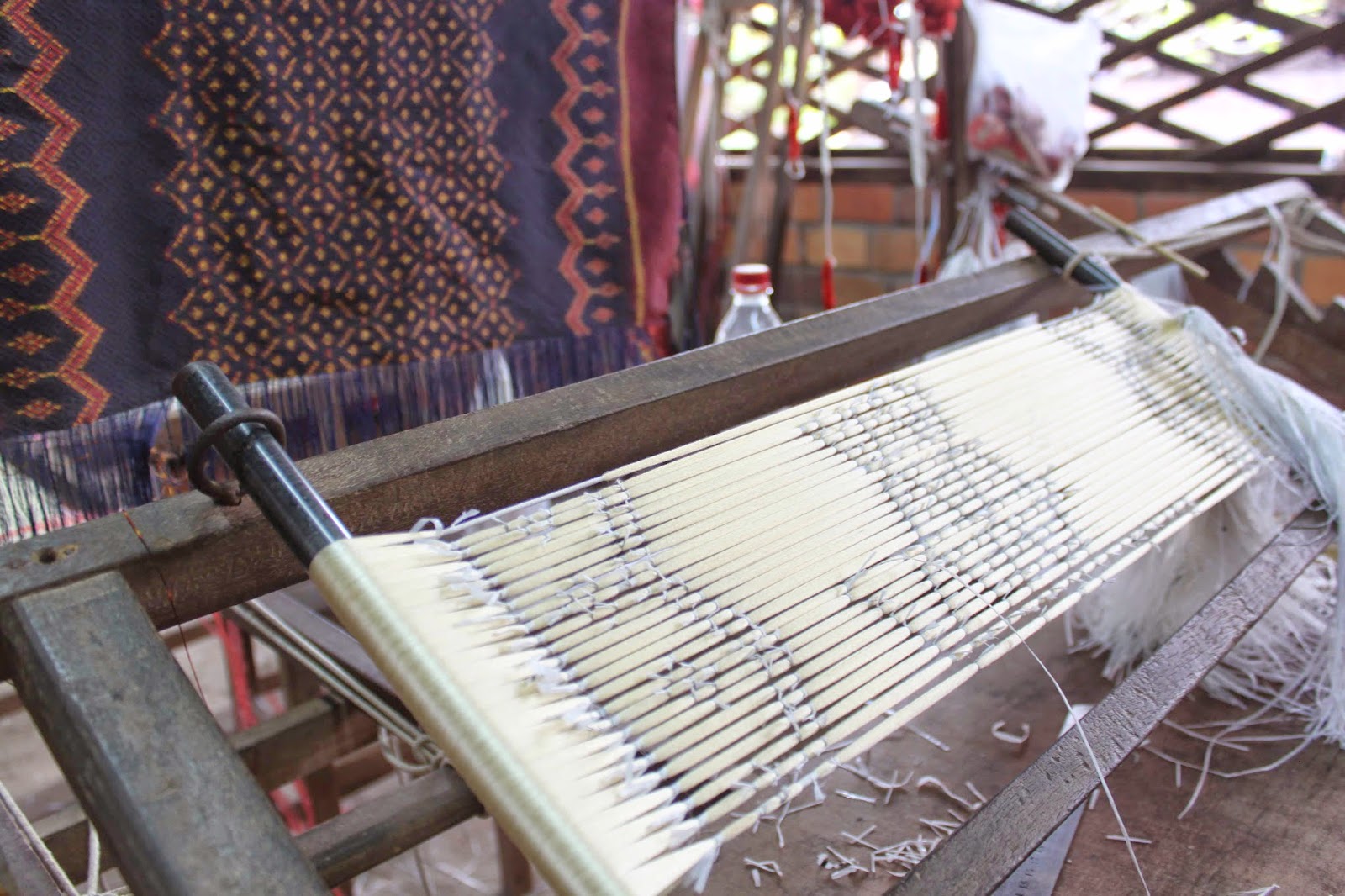Our trip rounded out in the sleepy village of Kampot, famous for peppercorns, durian, Bokor Hill and a slight respite in weather.
We took an evening boat ride up the river at sunset. As we scooted along, we say hundreds of fisherman navigating their long boats and out to sea for a night of work.
On our last day, we rented a moto and joined the throng of "crazy drivers" We wound our way up Bokor Hill On the way we saw...
Lok Yeah Mao, a protector spirit of travelers, fisherman and hunters.
Stunning ocean views and a glimpse into Vietnama's Phu Quoc Island.
And Buddhist shrines.
Feeling hungry we scooted our way to Kep. Our first stop was the crab market where we could see the famous blue crabs that we would soon be enjoying.






































